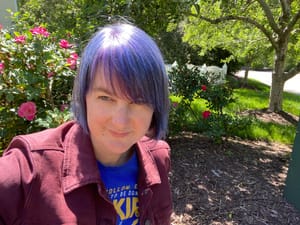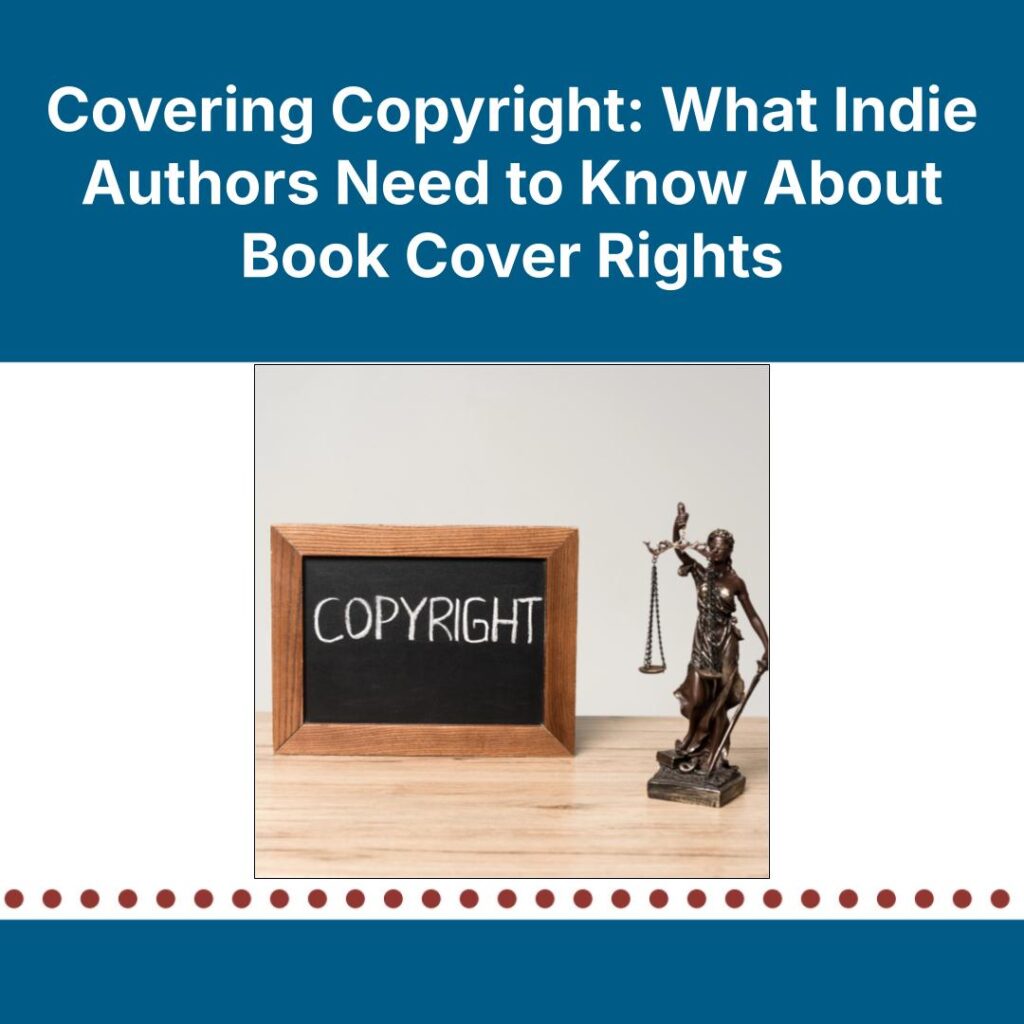My first novel started with a character rather than a story. Although I had attempted to start a novel now and then, I had never gotten very far. Yet this character kept speaking to me. He told me of his fears, of his skills, and of a love he feared to lose. At first, he was in the shadows, but I realized his wedding ring shone as bright as the moon in the darkness. He kept telling me his story and wouldn’t leave my mind.
His love introduced herself to me next, and I watched a painful reconciliation between the two characters in my mind’s eye. I learned of their history together; of the man’s anger and the woman’s determination; of a fantasy world they called home that was on the brink of madness as they tried to make sense of their own lives inside it. Their story brought me to my keyboard after a long hiatus from writing. I had to write as their story, told through their flaws, faults, and struggles, unfolded before me.
To the organic writers out there, the process of using the inner flaws of a well-rounded character to build a story, instead of following a specific plot structure, is familiar. Author and The Creative Penn host Joanna Penn refers to these darker personality traits as “the Shadow” and says they don’t just exist on the page. In her book Writing the Shadow, she even suggests authors find their own self-doubts, worries, and challenges and incorporate them into their storytelling to create more authentic stories and stronger characters. “Readers want darkness, even if they don’t consciously know it, and so much of what we look for in art is the Shadow side,” she said in an October 2023 podcast episode.
Focusing on a character’s flaws instead of their ultimate goal can create natural conflict and help your story feel less formulaic while keeping your characters relatable and central to the narrative.
But what to do when the characters are silent and your muse has gone into hiding? For my second novel, which became my debut as an author, I followed a series of steps to allow my characters to form the story around their faults and how they needed to grow.
1. Start with the Character
To draft a book from your character’s flaws, you first need to understand your lead characters. Before writing their character sheets, write about their past and background, and consider what might drive the character forward. What are their desires? What do they fear? Next, ponder their backstory. What are their motivations and internal conflicts? Where does the protagonist come from? Why is this important to them? How much conflict can you build into the protagonist without turning readers away?
Sometimes it is hard to allow yourself permission to let your characters show their inside flaws. We wonder if people will believe these flaws are our own and will censure us for it. Be brave. A good character must grow during the story, to learn and improve themselves. You must put your protagonist up in a tree and throw rocks at them. Otherwise, your readers may not take an interest in their plight and continue reading.
There’s no strict rulebook for how to develop character sheets, but by centering everything around your character’s personal journey, you can develop a more dynamic and engaging arc to drive the story forward.
One way I tap into my characters is to take out a notebook and free-write a sample scene. If I feel stuck about a character, writing them into a scene allows my subconscious to develop the character more in my mind. The free writing I do to develop characters seldom makes it into my book, but it allows my subconsciousness to develop the character in my mind.
2. Let The Characters Lead
Once you know the main character’s background and internal conflicts, pick a key point of conflict between them and their antagonist and begin writing. You may not keep this writing in your book—it’s more so a character exercise than truly starting a draft—but you should keep it in a secure place where you may access it.
As you write this key first scene, allow the characters to dictate their actions and decisions based on their strengths and weaknesses. Don’t worry too much about where the story is going at this stage. Focus on how the characters would react in each situation based on their own beliefs. Once done, pick another key scene where the main character would progress. Place this new scene into its own scene file.
As you write more conflict scenes, label them with what the scene contains, and place them in sequence in your project file alongside other research or outlining documents, like character sheets or setting descriptions. These scenes may provide helpful reference materials as you consider how your character changes over the course of the story, or reveal a larger plot as you trace your character’s growth through their conflicts.
3. Identify Key Moments of Growth and Conflict
As you write each scene, update your character sheets with any new information you attach to each character, and mark pivotal moments where a character’s flaw leads to a significant challenge to their progress. Likewise, note where their strength shines through as they overcome obstacles.
You will find, once your exploration of the scenes concludes, these moments will become major plot points in your story, which will provide the structure to the narrative.
Using your exploratory scenes as a base, outlining can help you create a structure to your story, even if you’re someone who prefers a looser, more exploratory writing process. The Snowflake Method, a novel drafting technique created by author Randy Ingermanson, is a useful tool that allows you to start small and build your story layer by layer, but any method of structuring your book is acceptable to use. Begin with a single sentence that sums up your novel’s core idea—often revolving around how your character’s flaws will shape their journey. From there, expand that basic idea into a paragraph showing the major plot points. This gives you a sense of direction without locking you into rigid details too early.
From that initial paragraph, continue expanding, breaking down the story into detailed sections. Focus on how your character’s motivations push them into conflict and how their flaws either get in their way or propel them forward. You’ll also develop subplots, side characters, and scene-level events, or link to the ones you’ve explored already.
As you write, be open to surprises and turns in the story. Your subconscious mind will develop your characters as you go, and twists will be revealed as you write. This may lead the story in a direction you hadn’t thought of at the beginning, but give yourself permission to follow these leads to see what develops. A good story has conflict and characters that grow from both good and bad experiences, and you always have the power as the author to change things if you need the story to move in a different direction.
4. Revisit and Reflect
After completing your rough draft, revisit your narrative with an eye on the character’s arcs. Ensure their strengths and flaws have driven the plot in a way that feels natural and cohesive. Be sure you give your characters room to grow from their flaws—if they’re meant to—and have agency in the plot and their arcs as they develop rather than letting the story simply happening around them.
Try to stop yourself from doing this before the end of the draft. Otherwise, you risk changing things and not writing the ending.
Writing a narrative that springs from your characters’ flaws is a journey of discovery. By starting with the character, you ground your narrative in the strengths and flaws that make them more human and develop characters with stronger backgrounds and a more natural progression in the story.
Resources
For more on building character-based story arcs, explore the following articles:
- Story in Literary Fiction’s “What Exactly Is a Character-Based Plot?” by William H. Coles (https://storyinliteraryfiction.com)
- “4 Ways to Motivate Characters and Plot” by Writer’s Digest author Nancy Kress (https://writersdigest.com)
- “How to Plot a Character Driven Book in 3 Easy Steps” by Robyn DeHart (https://robyndehart.com)
- MasterClass’s “What Is Conflict in Literature? 6 Different Types of Literary Conflict and How to Create Conflict In Writing” (https://www.masterclass.com)
Wendy Van Camp










